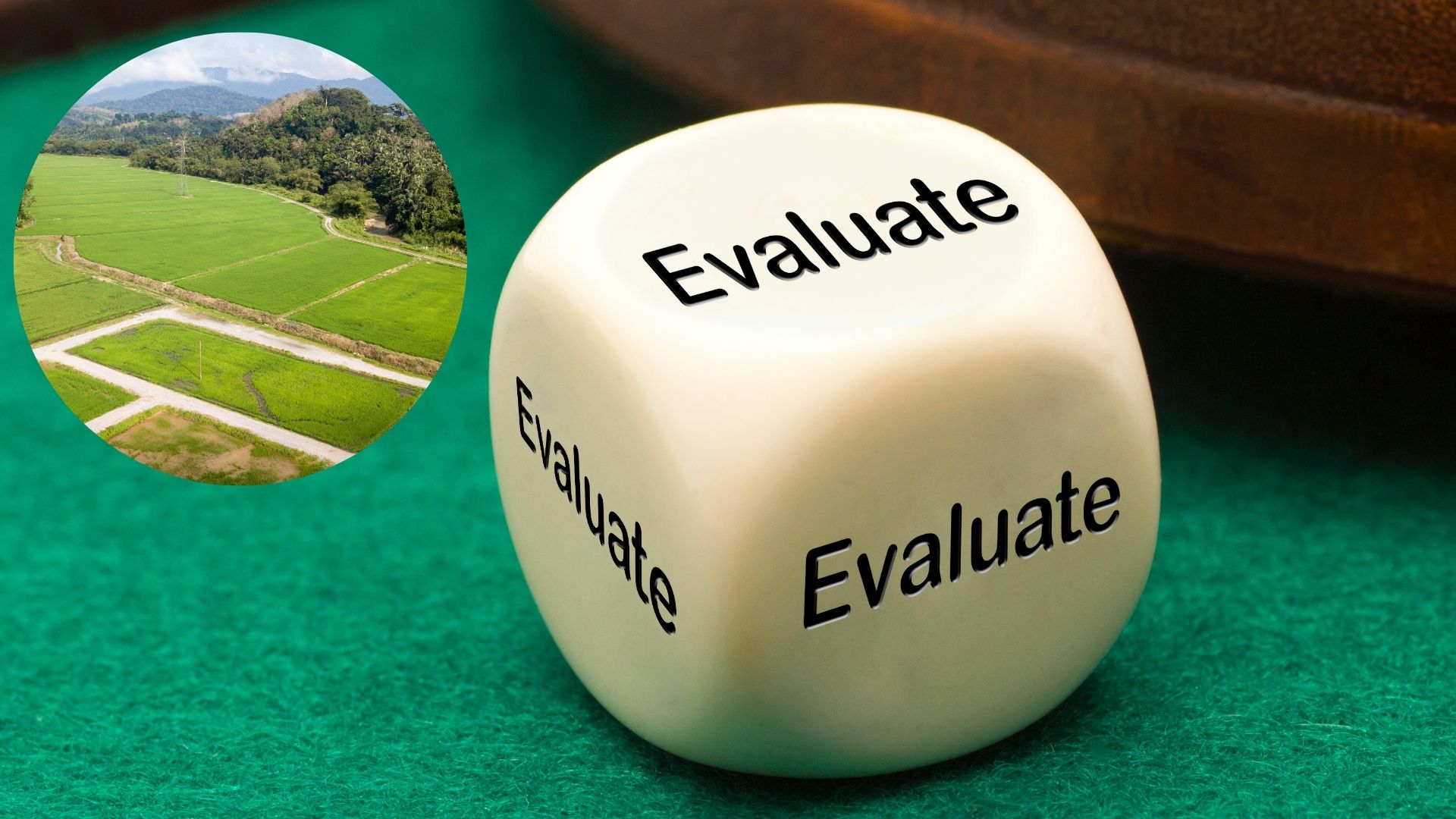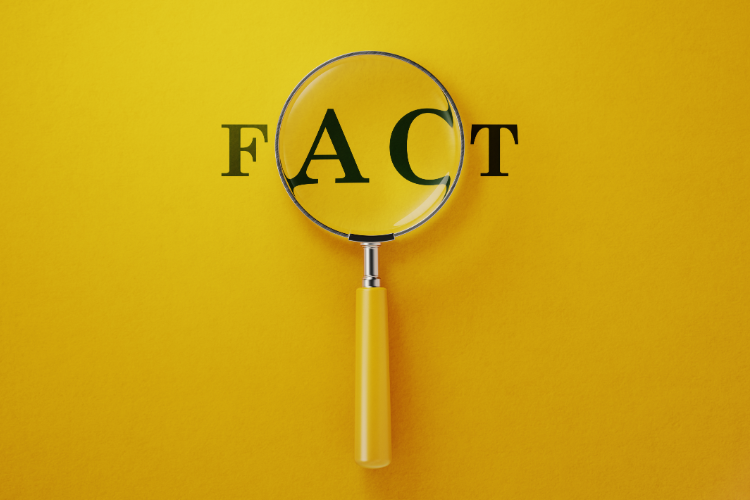
Quick answer:
Private lenders value raw land based on a mix of market data, location, development potential, zoning, access to utilities, and borrower intent. The less developed the land, the more important your plan and exit strategy become.
In fast-growing regions like Dallas, Tarrant, and Collin counties, land is a hot commodity—but not all parcels are created equal. If you’re looking for funding, here’s what lenders like Silverton Capital look at when putting a number on your dirt.
Unlike finished homes or stabilized commercial buildings, raw land doesn’t produce income. It may not even have infrastructure. That makes it riskier to lend against.
So, when you apply for a land loan, lenders ask:
A solid valuation helps answer those questions.

A parcel five miles outside of Frisco with sewer access and road frontage is very different from a rural tract an hour outside of Fort Worth with no water access.
We evaluate:
The more development-ready a parcel is, the higher its valuation—and the more attractive it becomes for lending.
Zoning drives use. Use drives value.
A parcel zoned for single-family homes has a different ceiling than land zoned agricultural or industrial. If the property is unrestricted or has mixed-use potential, that could mean higher value—but also more unknowns.
Silverton Capital reviews:
If you’re working with a city on entitlements, bring documentation—it strengthens your case.
Land valuation isn't just theory. It starts with real-world comps—recent land sales nearby, adjusted for size, location, and use.
While appraisers handle this in detail, lenders often perform a quick comparative analysis:
In areas like Collin County, where land pricing can shift block by block, accurate comps make a big difference.
Not all acreage is usable. We look at:
Even a 20-acre parcel may only have 15 acres of usable land—especially if you need setbacks, retention areas, or utility easements.
A piece of land in the path of progress will likely appraise higher—even if it's not ready to build today. That said, lenders still need to see a clear timeline and plan.
Things that boost valuation:
We often cross-reference planning maps and public development records when evaluating raw land in Dallas suburbs or Tarrant County ETJs.
Want to boost your land’s lending value? Here’s how:
The more you’ve de-risked the land for the lender, the better your odds of approval—and favorable terms.
At Silverton Capital, we don’t just look at acreage—we look at potential.
If you’re serious about buying, flipping, or developing raw land in Dallas, Tarrant, or Collin counties, we’ll help you:
Need funding for a land acquisition or early-stage development deal?
Apply now with Silverton Capital and let’s talk about what your land is worth—and how to fund what comes next.
This article is for informational purposes only and is not intended to serve as legal, financial, or investment advice. Please consult with a licensed professional before making financial decisions.